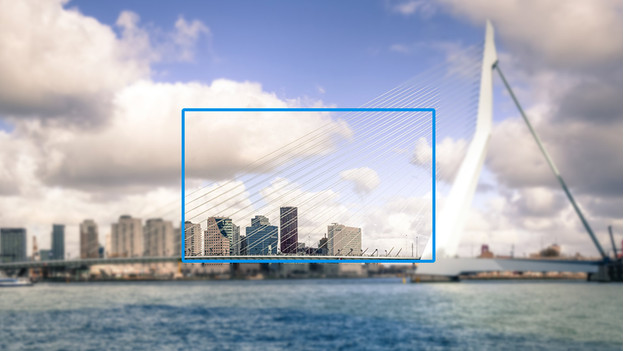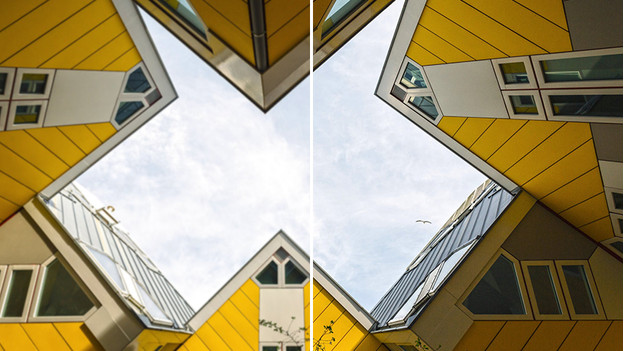
What's the difference between optical zoom and digital zoom?
What's optical zoom?

A camera with optical zoom brings the image closer before you capture it. Your camera does this by moving different lens parts relative to each other. That's why the lens moves when you zoom in with an optical zoom. This brings you closer to the image without losing quality. Note: not every lens allows you to zoom in completely without getting lens errors. Examples of lens errors are contrast reduction and blur.
What's digital zoom?

If your camera has digital zoom, it zooms in on a certain part of the image. That part is then enlarged to the number of megapixels your camera has. Basically, it crops a part of the image and sizes it. With high-resolution cameras, you can zoom in without losing too much image quality. If you zoom in too far for the sensor, your image will be blurry.
What are the most important differences?

In short, optical zoom allows to you bring the object close before you capture it. With digital zoom, your camera uses a part of the image and sizes it later. That's why the risk of losing image quality is greater with digital zoom. You can compare it to seeing pixels when you magnify a small image. The disadvantage of optical zoom is that you'll get lens errors when you zoom in with less advanced lenses.


